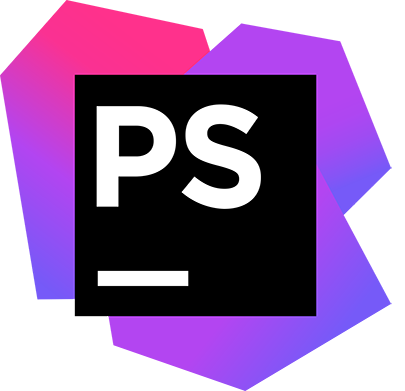A simple API service for supporting FilamentPHP
You can install the package via composer:
composer require rupadana/filament-api-serviceRegister it to your filament Provider
use Rupadana\ApiService\ApiServicePlugin;
$panel->plugins([
ApiServicePlugin::make()
])php artisan vendor:publish --tag=api-service-configreturn [
'navigation' => [
'token' => [
'group' => 'User',
'sort' => -1,
'icon' => 'heroicon-o-key'
]
],
'models' => [
'token' => [
'enable_policy' => true,
],
],
'route' => [
'panel_prefix' => true,
],
'tenancy' => [
'enabled' => false,
'awareness' => false,
]
];php artisan make:filament-api-service BlogResourceSince version 3.0, routes automatically registered. it will grouped as '/api/admin'. admin is panelId. to disable panelId prefix, please set route.panel_prefix to false
So, You don't need to register the routes manually.
The routes will be :
- [GET] '/api/
admin/blogs' - Return LengthAwarePaginator - [GET] '/api/
admin/blogs/1' - Return single resource - [PUT] '/api/
admin/blogs/1' - Update resource - [POST] '/api/
admin/blogs' - Create resource - [DELETE] '/api/
admin/blogs/1' - Delete resource
On CreateHandler, you need to be create your custom request validation.
By default, Token resource only show on super_admin role. you can modify give permission to other permission too.
Token Resource is protected by TokenPolicy. You can disable it by publishing the config and change this line.
'models' => [
'token' => [
'enable_policy' => false // default: true
]
],We used "spatie/laravel-query-builder": "^5.3" to handle query selecting, sorting and filtering. Check out the spatie/laravel-query-builder documentation for more information.
You can specified allowedFilters and allowedFields in your model. For example:
class User extends Model {
// Which fields can be selected from the database through the query string
public static array $allowedFields = [
'name'
];
// Which fields can be used to sort the results through the query string
public static array $allowedSorts = [
'name',
'created_at'
];
// Which fields can be used to filter the results through the query string
public static array $allowedFilters = [
'name'
];
}To create a handler you can use this command. By default, i'm using CreateHandler
php artisan make:filament-api-handler BlogResourceor
php artisan make:filament-api-handler Blogphp artisan make:filament-api-transformer Blogit will be create BlogTransformer in App\Filament\Resources\BlogResource\Api\Transformers
<?php
namespace App\Filament\Resources\BlogResource\Api\Transformers;
use Illuminate\Http\Resources\Json\JsonResource;
class BlogTransformer extends JsonResource
{
/**
* Transform the resource into an array.
*
* @param \Illuminate\Http\Request $request
* @return array
*/
public function toArray($request)
{
return $this->resource->toArray();
// or
return md5(json_encode($this->resource->toArray()));
}
}next step you need to edit & add it to your Resource
use App\Filament\Resources\BlogResource\Api\Transformers\BlogTransformer;
class BlogResource extends Resource
{
...
public static function getApiTransformer()
{
return BlogTransformer::class;
}
...
}You can edit prefix & group route name as you want, default this plugin use model singular label;
class BlogApiService extends ApiService
{
...
protected static string | null $groupRouteName = 'myblog';
...
}When you want to enable Tenancy on this package you can enable this by setting the config tenancy.enabled to true. This makes sure that your api responses only retreive the data which that user has access to. So if you have configured 5 tenants and an user has access to 2 tenants. Then, enabling this feature will return only the data of those 2 tenants.
If you have enabled tenancy on this package but on a specific Resource you have defined protected static bool $isScopedToTenant = false;, then the API will honour this for that specific resource and will return all records.
If you want to make api routes tenant aware. you can set tenancy.awareness to true in your published api-service.php. This way this package will register extra API routes which will return only the specific tenant data in the API response.
Now your API endpoints will have URI prefix of {tenant} in the API routes when tenancy.awareness is true.
It will look like this:
POST api/admin/{tenant}/blog
GET|HEAD api/admin/{tenant}/blog
PUT api/admin/{tenant}/blog/{id}
DELETE api/admin/{tenant}/blog/{id}
GET|HEAD api/admin/{tenant}/blog/{id}Overriding tenancy ownership relationship name by adding this property to the Handlers protected static ?string $tenantOwnershipRelationshipName = null;
Since version 3.0, it will automatically detect routes and secure it using sanctum.
To Generate Token, you just need create it from admin panel. It will be Token Resource there.
Set API to public by overriding this property on your API Handler. Assume we have a PaginationHandler
class PaginationHandler extends Handlers {
public static bool $public = true;
}The MIT License (MIT).



